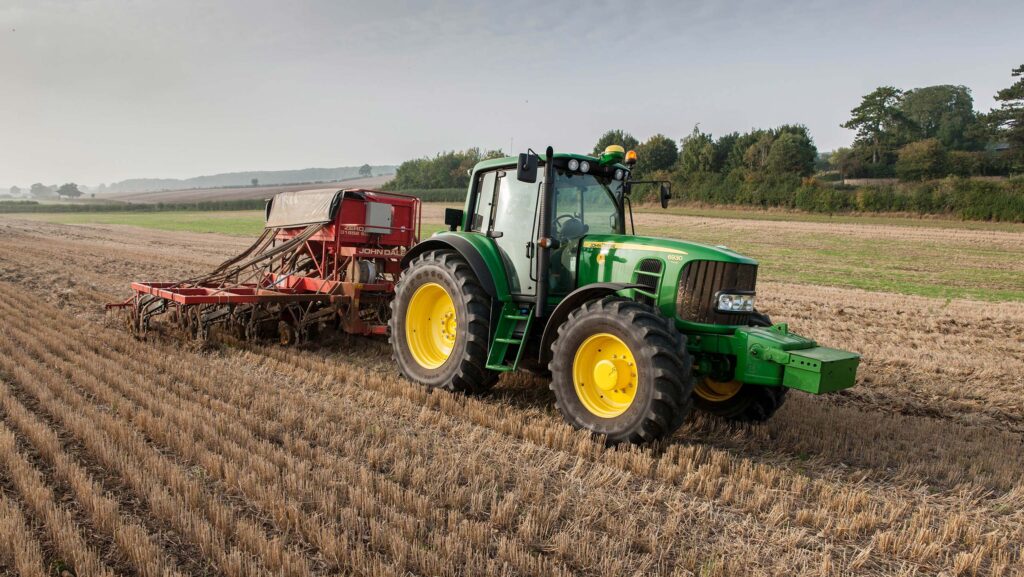Wheat area rebounds for 2025, as barley and OSR set to slide
 © Tim Scrivener
© Tim Scrivener Wheat plantings this autumn look to have recaptured some of the ground lost last season, though the UK barley and oilseed rape areas for harvest 2025 are set to take a hammering, latest AHDB estimates suggest.
The findings appear in the organisation’s Early Bird survey, based on reports from more than 70 agronomists in the first half of November.
The records show that, overall, the wheat area is set to rise by 5% on the 2023/24 season, after last autumn’s challenging weather sharply reduced the area.
See also: Wheat market shows modest rally as Black Sea tension mounts
All this increase is within the winter-sown area now in the ground, while spring wheat is expected to nearly halve, though the crop accounts for a very small proportion of the total wheat area.
Combined, the AHDB puts the wheat area at 1.613m ha for harvest 2025, which is still below the 2019–2023 average of 1.705m ha.
Muted rebound
AHDB senior cereals analyst Helen Plant said: “While winter cropping has historically strongly rebounded the year after a wet autumn, for example in 2021, that doesn’t seem to be the case for harvest 2025.
“The challenging weather in some areas, plus the fallout from the 2024 harvest on profitability, seems to have limited the rebounds.
“This places extra focus on yield potential. Industry will need to monitor crop conditions closely through the growing season.”
The partial recovery in wheat area is in contrast to other key crops, with winter barley “edging lower” after a wet September, and spring barley set for a 13% fall after rising sharply in 2024.
Together, this would mean the smallest UK barley area since 2014, at 1.084m ha.
42-year low
The picture is worse for oilseed rape, with the AHDB predicting a 17% decline, pointing to the lowest crop in 42 years.
“Historically, when the oilseed rape area falls, pulses tend to rise to fill the break crop gap,” says the report.
“However, this does not appear to be the case this season, with pulses falling approximately 7% from last harvest.”
The survey does, however, points to a further rise (of 51%) in uncropped arable land from 2024’s already high level.
The AHDB says it is unclear if this reflects cropping decisions still to be made, or land intended for agri-environmental schemes in England.
“Data from Defra shows that, between July and October, only a further 20,000ha were entered into Sustainable Farming Incentive (SFI) options that take land out of production.
“Defra’s next figures on SFI uptake are due in February and will need to be monitored.”
